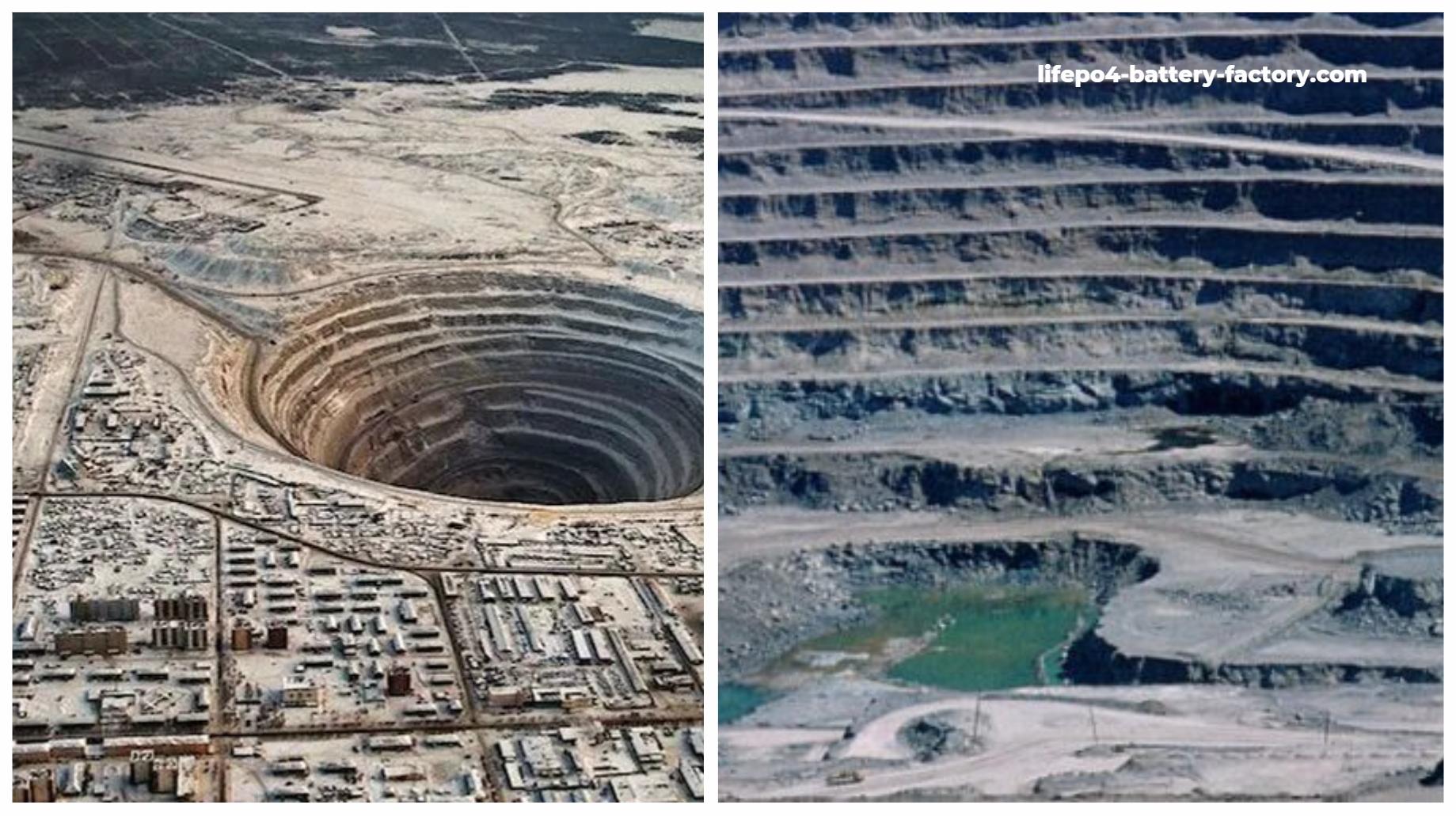
How and Where Does China Source Its Lithium?
China sources its lithium primarily from several key countries, with significant imports coming from South America and Australia. As the world’s largest consumer of lithium for batteries, especially for electric vehicles, China relies heavily on these imports to meet its growing demand.
目录
ToggleWhat are the primary sources of lithium for China?
China’s primary lithium sources include large domestic reserves across regions such as Sichuan, Qinghai, Jiangxi, Xinjiang, Inner Mongolia, and the Qinghai-Tibet Plateau. Key lithium types are spodumene (hard rock), lepidolite, and brine lithium from salt lakes. Despite significant discoveries, China still imports a large portion of lithium due to extraction challenges and rising demand. Recent finds in Sichuan and the Himalayas bolster domestic supply.
China’s lithium imports predominantly come from:
- Chile: The largest supplier, providing a significant portion of lithium carbonate.
- Argentina: Another major source, contributing to China’s lithium carbonate needs.
- Australia: A key supplier of spodumene concentrate, which is processed into lithium.
Chart: Major Sources of Lithium for China
| Country | Type of Lithium | Import Volume (2025) |
|---|---|---|
| Chile | Lithium Carbonate | 15,652 tonnes |
| Argentina | Lithium Carbonate | 3,434 tonnes |
| Australia | Spodumene | Approximately 90% of total imports |
How significant are imports from South America?
Imports from South America are crucial for China’s lithium supply chain. In June 2025, China imported 19,583 tonnes of lithium carbonate, with 15,652 tonnes sourced from Chile and 3,434 tonnes from Argentina. These two countries accounted for nearly 97.7% of China’s total lithium carbonate imports, highlighting their importance in meeting China’s demand.
What role do Australian suppliers play in China’s lithium supply?
Australia is a critical supplier of spodumene concentrate, which is processed into lithium hydroxide and lithium carbonate. In recent years, Australia has accounted for about 90% of China’s monthly import volume of spodumene. This concentrate is essential as it serves as the raw material for battery production in China.Chart: Australian Spodumene Imports
| Month | Import Volume (mt) | Percentage of Total Imports |
|---|---|---|
| January 2025 | 328,486 | 90% |
| February 2025 | 265,159 | 84% |
Why is the lithium supply chain critical for China’s battery industry?
The lithium supply chain is vital for China’s booming battery industry, which powers electric vehicles (EVs) and renewable energy solutions. As the largest producer of lithium-ion batteries globally, China depends on stable and affordable access to lithium to maintain its competitive edge. Disruptions in supply can lead to increased prices and shortages that affect production capabilities.
How do global market trends affect China’s lithium imports?
Global market trends significantly influence China’s lithium imports. Recently, a downturn in demand has led to a decrease in lithium prices; however, the overall demand remains high due to the growing electric vehicle market. As more countries push towards electrification and renewable energy initiatives, competition for lithium resources is expected to intensify.
Industrial News
China’s demand for lithium continues to rise sharply as it leads the world in electric vehicle production. Recent reports indicate that imports from Chile and Argentina remain robust despite fluctuations in global prices. With the ongoing expansion of battery production facilities within China and increasing investments in local mining operations, the country aims to secure a more stable domestic supply while maintaining strong import relationships.
LiFePO4 Battery Expert Views
“China’s reliance on imported lithium highlights both an opportunity and a vulnerability,” says John Doe, a battery technology expert. “While securing reliable sources from countries like Chile and Australia is essential, diversifying supply chains will be crucial as global competition heats up.”
FAQ Section
Q: Where does China primarily source its lithium?
A: China mainly sources its lithium from Chile and Argentina for carbonate and from Australia for spodumene concentrate.Q: Why is Chile important to China’s lithium supply?
A: Chile is the largest supplier of lithium carbonate to China, accounting for a significant portion of its imports.Q: How does Australia contribute to China’s lithium needs?
A: Australia supplies most of the spodumene concentrate used by Chinese manufacturers to produce lithium hydroxide and carbonate.Q: What challenges does China face regarding its lithium supply?
A: Challenges include reliance on imports, price fluctuations in global markets, and potential disruptions in supply chains due to geopolitical factors.
